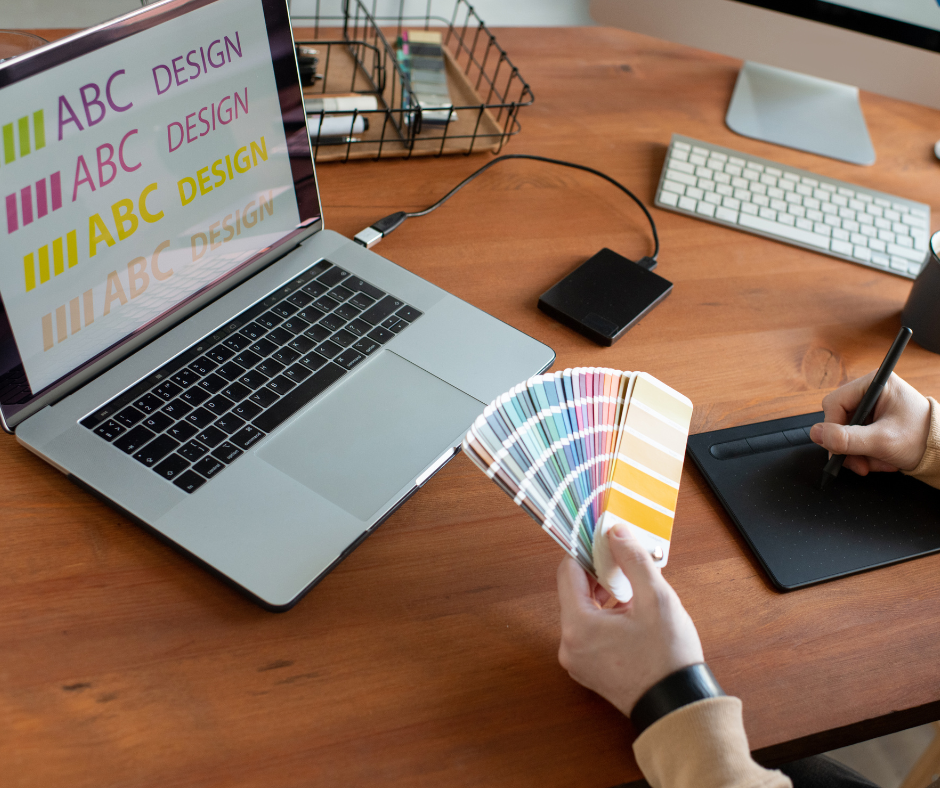Facility decisions can make or break a school’s budget and growth trajectory. Having worked with numerous schools on complex construction and renovation projects, I’ve witnessed how the difference between a smooth and bumpy project often comes down to strategic planning, professional guidance, and understanding where schools commonly go wrong.
The reality is that most school leaders are educators first—and that’s exactly how it should be. However, when it comes to facility planning, this expertise gap can lead to decisions that cost significantly more money down the road. Understanding these potential pitfalls and implementing strategic approaches can save schools hundreds of thousands of dollars while positioning them for sustainable growth.

The Most Costly Mistake: Last-Minute Construction Changes
Imagine you’ve designed and begun constructing a new building, and during a walkthrough, you realize you actually need more classrooms or additional bathrooms. Making this change during construction involves:
1. High-cost change orders that far exceed the original pricing
2. Work stoppages that affect your entire project timeline
3. Re-engineering and redesigning portions of the project
4. Reordering materials, often at premium pricing due to rush orders
5. Additional labor costs for demolition and reconstruction
6. Potential domino effects on other building systems
Work that could have been included in the original scope for standard pricing suddenly costs two to three times more when it is through a change order during construction. There will also impact the schedule and potentially delay your school’s opening.
This is why I require 3D renderings and virtual walk-throughs for every project I oversee. These tools provide genuine visualization of your space, allowing you to “walk through” your facility digitally before construction begins. Virtual reality capabilities take this even further, letting you experience the space as if you’re physically there.
This investment in visualization technology pays for itself many times over by catching design issues during the planning phase when changes are inexpensive rather than during construction when they’re prohibitively costly.

The Professional Expertise Gap
The second major mistake I observe is schools attempting to manage complex facility projects without adequate professional support. While some school administrators may have construction or real estate backgrounds, most are educators who should be focusing on what they do best: education.
The Roles You Need
Essential professional roles for successful facility projects include:
1. Project Manager or Owner’s Representative: Someone dedicated to managing budgets, schedules, and serving as your advocate throughout the process
2. Architect with Education Experience: Designers who understand the unique requirements of educational facilities
3. Contractors with School Experience: Builders familiar with education-specific codes, requirements, and operational considerations
4. Legal Support: Professionals who can review contracts and protect your interests
Schools that try to save money by skipping professional expertise often end up paying far more through:
1. Higher overall project costs due to inefficient planning
2. Expensive change orders during design or construction from poor initial guidance
3. Legal fees from unfavorable contract terms
4. Extended timelines from inexperienced project management
5. Suboptimal facility design that doesn’t serve educational needs
The investment in professional expertise typically represents 10-15% of total project costs but can prevent cost overruns that far exceed this investment.
Future-Proofing: Infrastructure and Flexibility
Schools often focus on the visible aspects of their facilities—classrooms, hallways, common areas—while neglecting the infrastructure that enables modern learning. This shortsighted approach leads to expensive retrofitting when technology needs evolve.
Design spaces that can adapt to changing educational needs:
1. Moveable partitions instead of fixed walls where possible
2. Flexible furniture that can be rearranged for different learning styles
3. Classroom sizing that can accommodate various teaching methods
4. Multi-purpose spaces that serve different functions throughout the day
This approach costs slightly more initially but saves enormous amounts when educational approaches evolve or enrollment patterns change.
Moving Forward Strategically
Successful facility planning requires balancing immediate needs with long-term vision, adequate professional support with budget constraints, and flexibility with functionality. The schools that achieve the best outcomes treat facility decisions as strategic investments rather than necessary expenses.
The key is starting with comprehensive planning, investing in professional expertise appropriate to your project scope, building in adequate contingencies, and designing for future adaptability. While these approaches require more upfront investment in planning and professional services, they consistently result in better facilities at lower total costs with fewer unexpected problems.
Remember: facility projects represent some of the largest investments schools will ever make. The cost of getting them wrong—both financially and operationally—far exceeds the investment required to get them right from the beginning.
About the Author

Michael Soh helps schools expand and improve their facilities. Along with a degree from USC in Civil Engineering, Michael has nearly a decade of experience—having managed projects in New York City, Boston, Los Angeles, and San Francisco. He has expertise in mixed-use, multifamily, office, and commercial projects, allowing him to support schools through ground-up construction, building and space improvements, and redevelopment initiatives.





